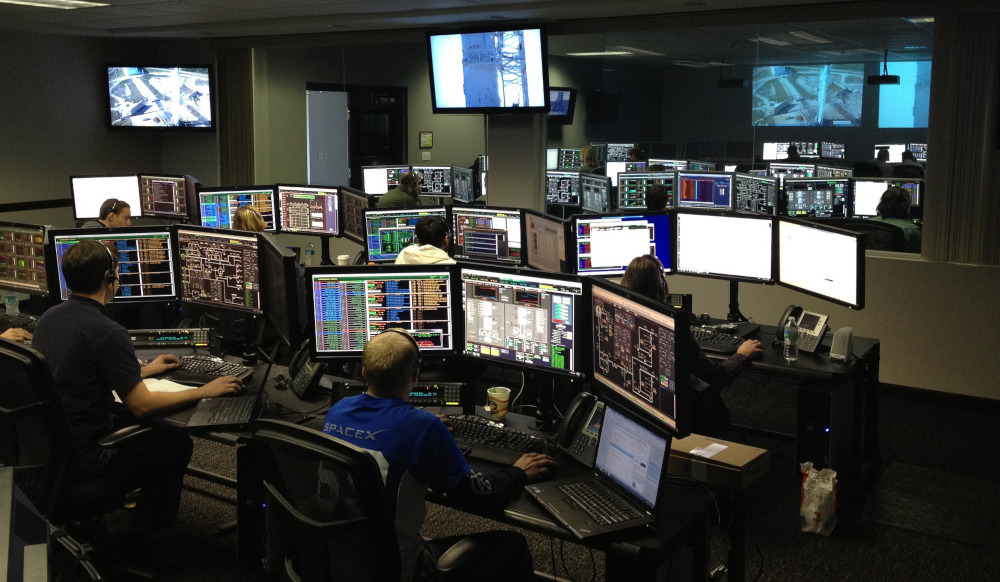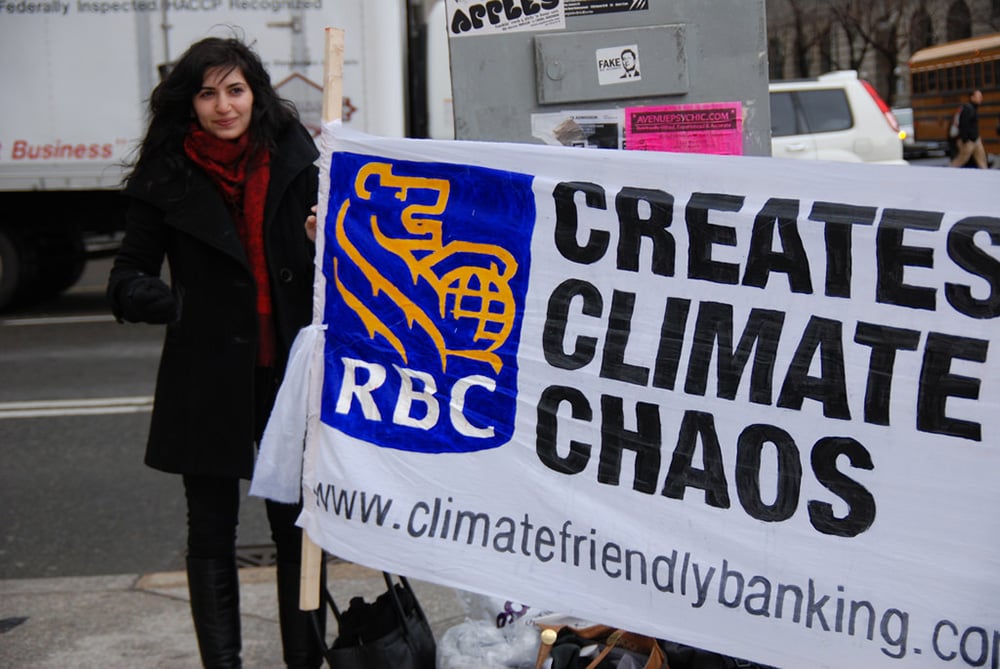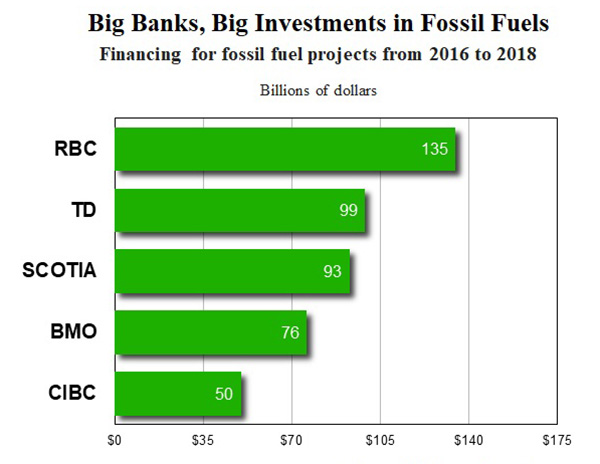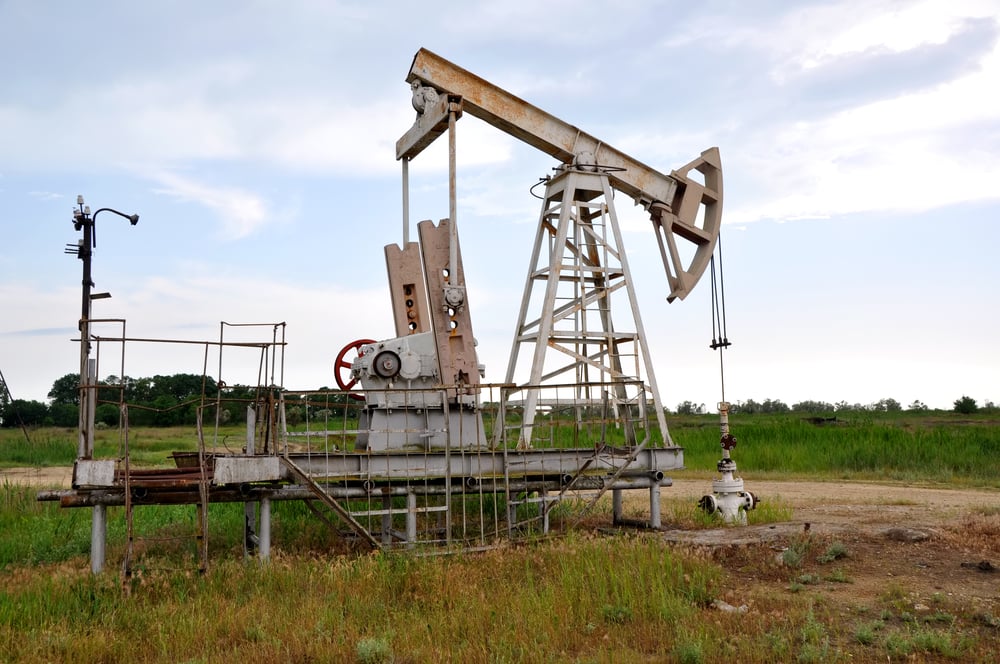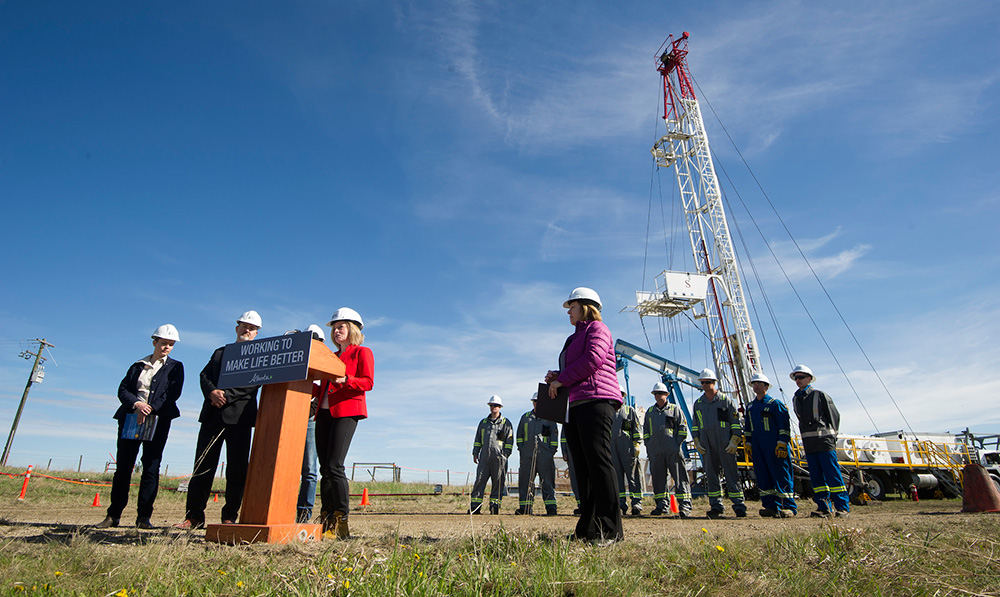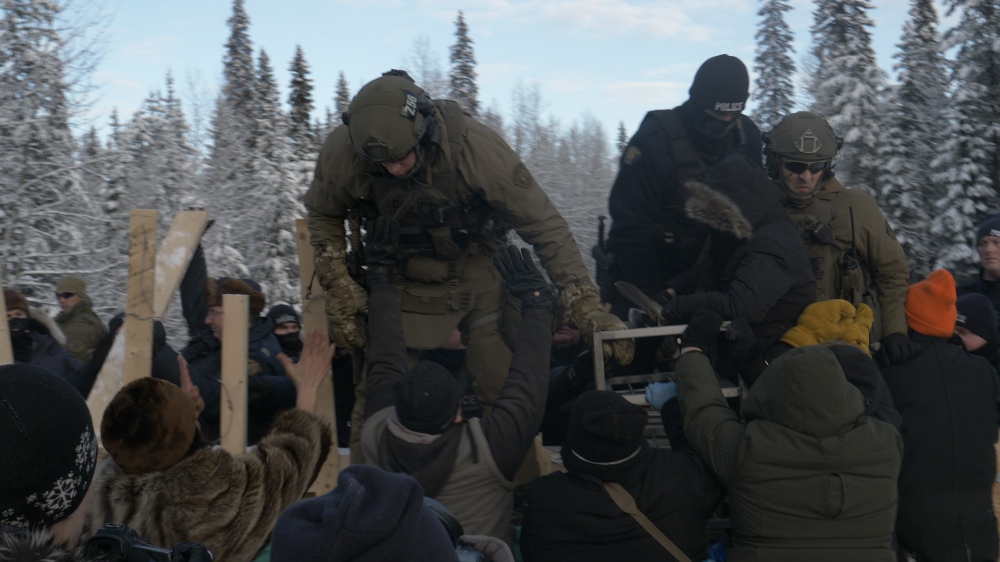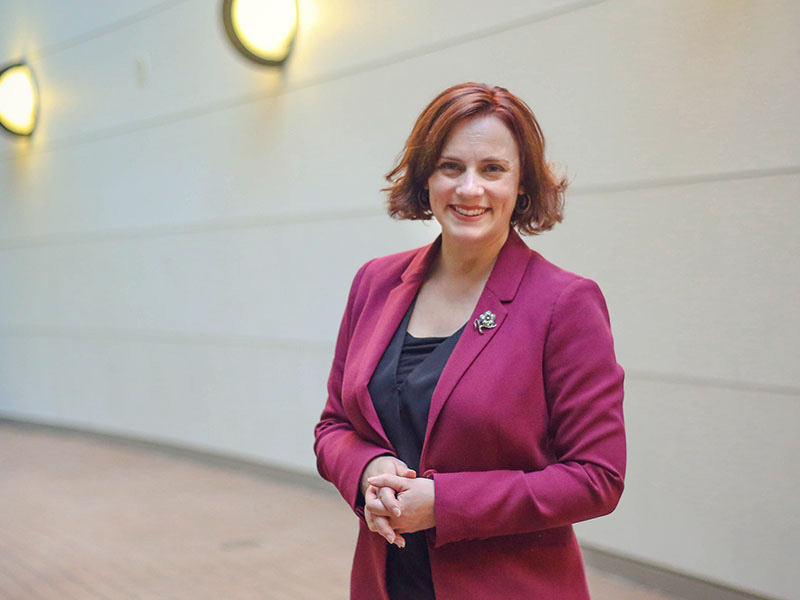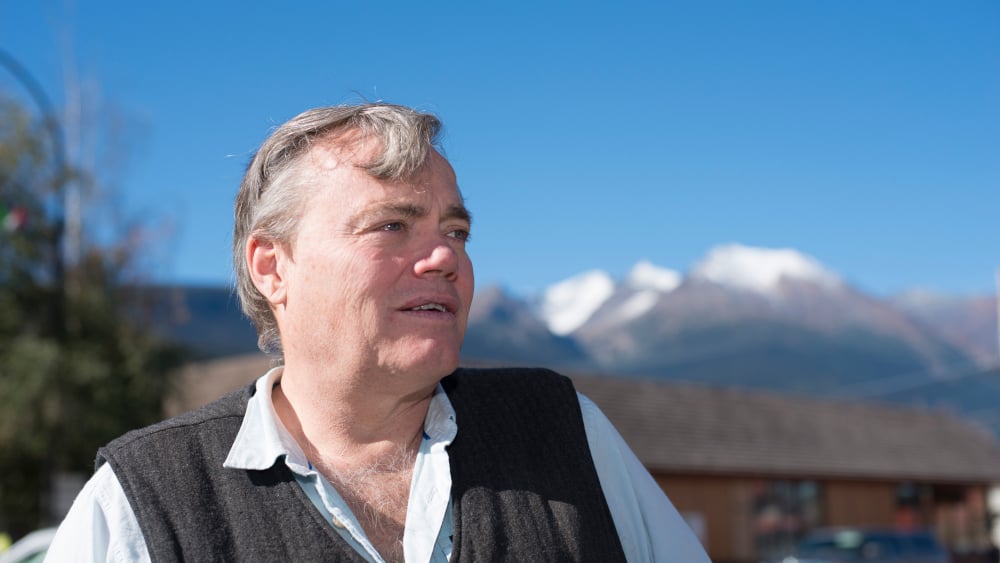The use of heavily armed RCMP to enforce a court injunction and tear down an Indigenous blockade against TransCanada’s Coastal GasLink pipeline in northwestern British Columbia last week was part of a familiar pattern, say criminologists.
“It seems like Canada uses a show of force and police repression whenever it wants to contain First Nations exercising their aboriginal rights and title,” said Shiri Pasternak, a criminologist at Ryerson University and director of the Yellowhead Institute, a research centre focused on First Nations land and governance issues.
“Canada is creating the problem by refusing to recognize what its own courts are saying about aboriginal rights and title,” added Pasternak.
Over the last decade rulings by the Supreme Court of Canada and lower courts have established that Canadian governments have a duty to consult and accommodate Indigenous people before resources are extracted from their land, and that in many cases their land and title rights have not been extinguished.
Unlike many elected First Nations governments along the pipeline route, which signed economic benefit agreements with TransCanada, the hereditary chiefs of the Wet’suwet’en Nation have remained opposed to intrusions on their traditional lands.
Jeffrey Monaghan, a criminology professor at Carleton University who co-authored Policing Indigenous Movements: Dissent and the Security State with Andrew Crosby said the dismantling of the Wet’suwet’en blockade was intended to send a national message.
“It was very carefully choreographed to communicate to the national audience that any protests against oil and gas pipelines are going to be cracked down upon. I think it was highly symbolic. Police action doesn’t stop with the Wet’suwet’en,” said Monaghan.
…click on the above link to read the rest of the article…



